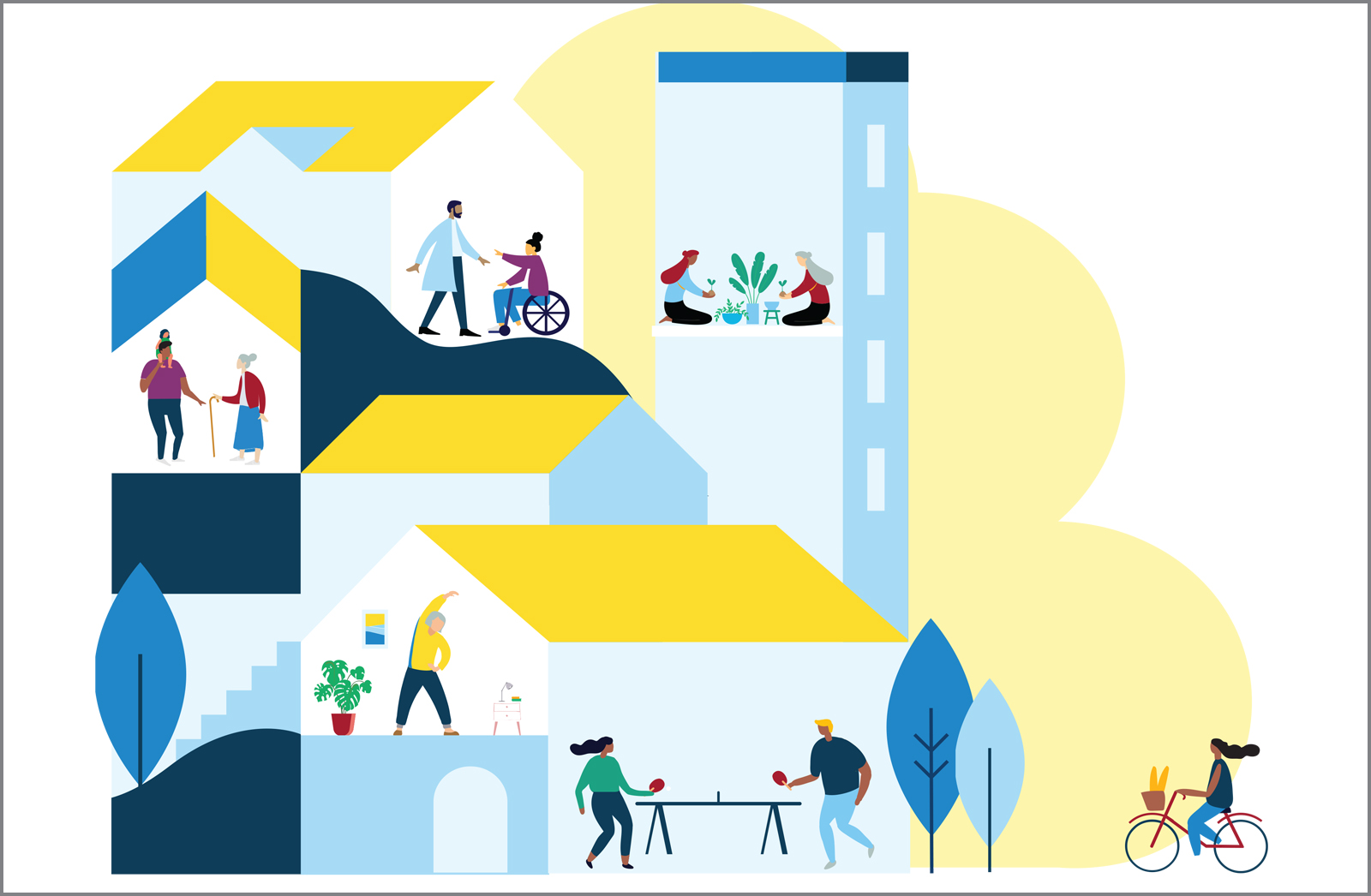In recent history people have begun living longer lives. However, around the world, these lives are not necessarily healthier ones suggests a recent report by the McKinsey Health Institute. A growing number of people are also living more years in poor health, chronic pain, or with a disability. The authors suggest that radically transforming our healthcare systems and closing the worker shortage gap could potentially eliminate up to seven percent of the global disease burden.
Solving worker shortage issues could prevent 189 million lost years of life according to Heartbeat of health: Reimagining the healthcare workforce of the future. The report explores not only the scope and consequences of healthcare employee shortages but explains that addressing it requires not just more workers, but a transformation in how, where, and by whom healthcare is delivered.
Ten million short
The World Health Organization (WHO) predicts, by 2030, there is expected to be a global shortage of at least ten million healthcare workers – defined in this context as any individual who is formally trained to provide healthcare services (e.g., dentists, doctors, pharmacists etc.).
According to the WHO, given the absence of healthcare supports, almost 60% of the global population currently lacks access to essential health services which leads to chronic delays in treatment, increased mortality rates for mothers and newborns and a variety of other challenges. These issues stem from a lack of existing qualified healthcare workers, slow training and limited training resources. Retention of workers is also difficult. Basic services affected include: Safe childbirth, Immunizations, Infectious disease treatment, and chronic condition management.
Closing the gap will require an overhaul in how healthcare service is delivered, where care is accessed and who provides said care. Improvements could also yield positive global economic benefits – to the tune of $1.1 trillion (USD) including increases in global GDP from job creation but also indirect economic effects. The report delves into the potential of each of these options for transformation in greater detail.
People find the right care before disease progression.
Traditionally, we wait until symptoms appear or progress to an inconvenience and then we engage with healthcare service. A proactive approach that combines technology and ‘forward thinking’ to detect health problems before they come serious could help reduce chronic disease and the impacts of preventable emergencies. Ways the report suggests this can be achieved is by:
• Creating diagnostic tools that involve early clinical touchpoints at an appropriate time
• Effectively match patients with the right specialists the first time which will increase timely access to necessary treatment plans
Low-barrier healthcare touchpoints are embedded in daily life.
Accessing healthcare can often be seen as a chore that administration, lengthy waiting times, travelling significant distances and uncomfortable/busy medical offices. A shift of service delivery to care sites that are more local and integrated into daily life could help increase regular engagement with healthcare systems and foster early detection and treatment. Some suggestions to lower barriers include:
• Locate health screenings and other basic disease assessments strategically
• Integration of basic healthcare services into workplaces, or schools
Everyone can be their own healthcare worker.
This involves the perception of healthcare delivery radically changing. In the same way we can provide more services– such as banking, travel planning, education – to ourselves in modern times, we may need to learn to better manage ourselves from a healthcare perspective. To do this, the report calls for:
• Improving individual health literacy dramatically, and allowing people to take ownership of their health
• Providing tools and learning opportunities for families and individuals to manage diseases at home
• Shifting delivery of medication to self-administration
• Reinvesting in retirees and engage older adults as healthcare workers
Why can’t we just add more workers?
The solution seems simple – add more healthcare workers. But this isn’t as easy as it may initially appear. To begin with, the shortage is not evenly distributed globally. More than half of all countries fit into the worker scarce archetype. Yet, the problem is most prevalent in Africa which accounts for 52% of the shortage but less than 20% of the GDP boosting opportunity.
Different countries also have different archetypes when looking at the solution of adding more workers. There are countries where workers are scarce (i.e., Peru), countries where workers and jobs are scarce (i.e., Nigeria), countries where there is a high number of workers but still unfilled jobs (i.e., USA), and countries where there are too many qualified healthcare workers for the available jobs.
There are a number of interventions that could be undertaken in an attempt to “add more workers” these include:
1) Grow. Expanding the workforce: by expanding the talent pipeline for healthcare workers.
2) Thrive. Allowing the workforce to thrive: by reimagining processes to fill up healthcare worker’s time so they can
care for more patients.
3) Stay. Creating a space where healthcare workers want to stay: by improving retention of healthcare workers.
Tangible and solvable
And as the world’s population ages, supporting this workforce will not only lead to stronger communities and better overall well-being for everyone.
Calling for real change, McKinsey advocates for shared responsibility across sectors and countries, a radical shift in societies view of the service delivery and emphasis on the valuable role of healthcare workforce in keeping our communities healthy, not just in hospitals and clinics, but in everyday life.
These interventions combined won’t solve the problem completely for the billions affected but the report’s authors suggest that they could add more than 5.6 million workers to the global healthcare workforce.
Fixing the shortage won’t be easy but fixing this crisis will, according the report, lead to a healthier, more resilient, and balanced world in the long run.
For the full report, visit mckinsey.com/mhi/our-insights/heartbeat-of-health-reimagining-the-healthcare-workforce-of-the-future, or listen at Soundcloud.
Image: Mac Loong











